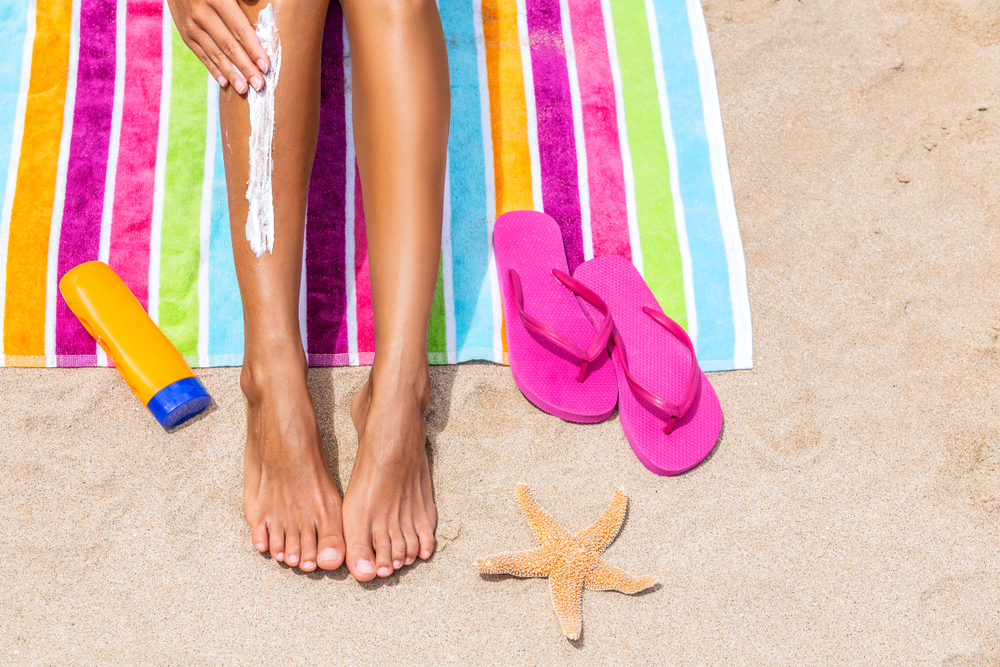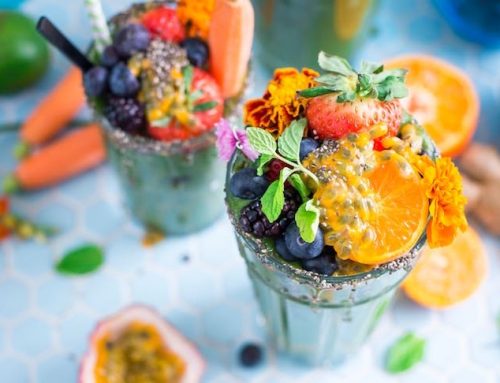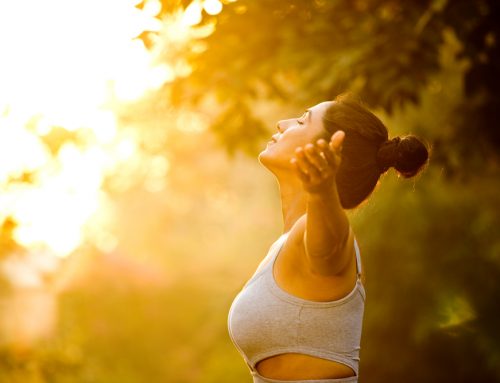Time for Some Fun in the Sun
Businesses are reopening and stay at home regulations are being lifted. It will soon be time to hit the beaches and spend some quality time out in the sun enjoying nature. Who doesn’t want some fun in the sun that is safe for you and the environment? But did you know it takes less than 15 minutes for those sunny rays to begin burning human skin? Those ultraviolet rays, UVA and UVB, can cause premature aging of cells, long-term skin damage in the form of wrinkles, basal and squamous cell cancers and melanoma. According to the Skin Cancer Foundation one in five of us will be diagnosed with some form of skin cancer in our lifetimes.
Sunscreen, Sunscreen, Sunscreen!
Luckily, we invented something to protect us from the burn – sunscreen. There are two different types of sunscreen. The first type acts to either block or reflect both UVA and UVB rays. These are known as physical or mineral sunscreens and contain ingredients such as zinc oxide and titanium dioxide. The other acts to absorb and reduce the ability of UV rays to penetrate the skin. These are known as chemical sunscreens and contain ingredients such as oxybenzone, octinoxate, avobenzone and para-aminobenzoic acid. Regular and proper use of either of these types of sunscreen has been shown to lower the risk of developing skin cancers by 40 to 50 percent.
Downsides of Sunscreen
Unfortunately, there are downsides to sunscreen usage we’re only now beginning to understand, both for the humans and our planet. In February 2019 the Food and Drug Administration of the United States issued a report stating that of the 16 most common ingredients found in sunscreens only two were considered to be generally recognized as safe and effective: zinc oxide and titanium dioxide. It’s kind of scary as we inhale these chemicals when we spray them on, ingest them from the products we apply on our lips and absorb them through our skin. No one knows the actual long-term effects they may have on and in the human body. One thing we do know for sure, the incidence of skin cancer is on the rise worldwide and we do need to protect ourselves.
Our skin protection also has considerations for our environment. The majority of us apply our sunscreen when we’re having our summertime fun at the beach. Consequently that sunscreen ends up in our oceans. An estimated 6000 to 14,000 tons of sunscreen go into coral reefs each year. The main concern is the chemical sunscreen ingredient oxybenzone, which has been shown to affect sea life in numerous ways. It can impair growth and photosynthesis of green algae, it accumulates in the tissues of corals and can induce bleaching, damage DNA, deform young and even kill them. It can induce defects in young mollusks, can damage immune and reproductive systems of sea urchins and deform young in fish. It can decrease fertility and reproduction and cause female characteristics in male fish and it can accumulate in the tissue of dolphins and be transferred to their young.
Can we be sun safe and reef safe at the same time?
So does it really have to be us or them? No, we can protect our skin from the damaging effects of the sun in ways that do not also add to the ongoing damage of our oceans. Some lawmakers have already taken action to prove that sun care can be sustainable. In July 2018 Hawaii became the first state in the United States to ban chemical sunscreens and in November 2018 the western Pacific nation of Palau became the first country to ban many kinds of sunscreen citing the dangers to coral and marine life. Here is the link where you can find a list of reef friendly sunscreens, so you can have fun in the sun that is safe for you and the environment.
Some other reef safe alternatives to chemical sunscreens include avoiding the sun when it’s at its peak from 10 a.m. to 2 p.m., wearing protective clothing including hats, sunglasses and ultraviolet protection umbrella which is like a classic parasol but unisex and designed to block up to 99% of UV rays.






